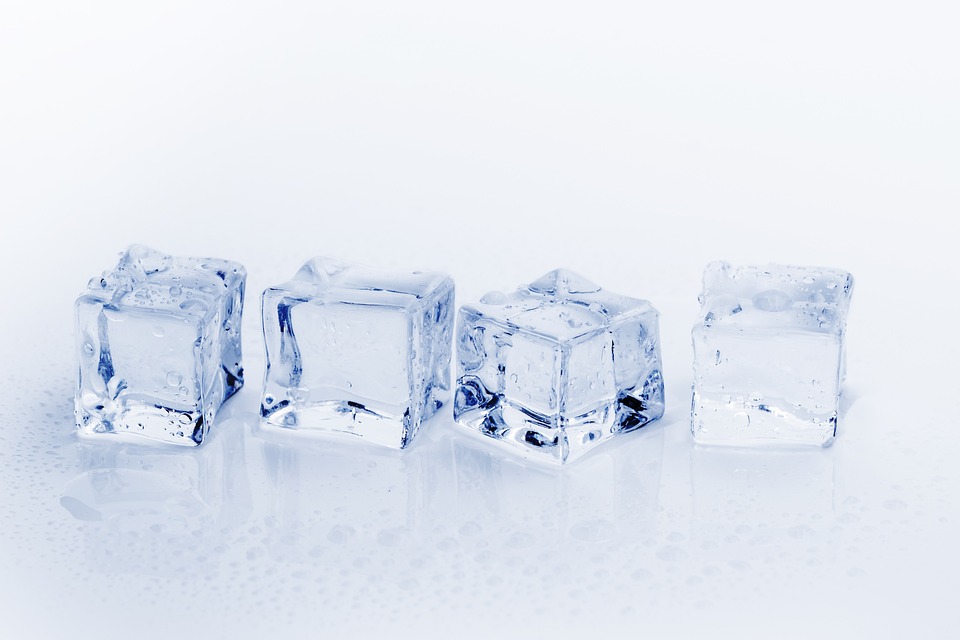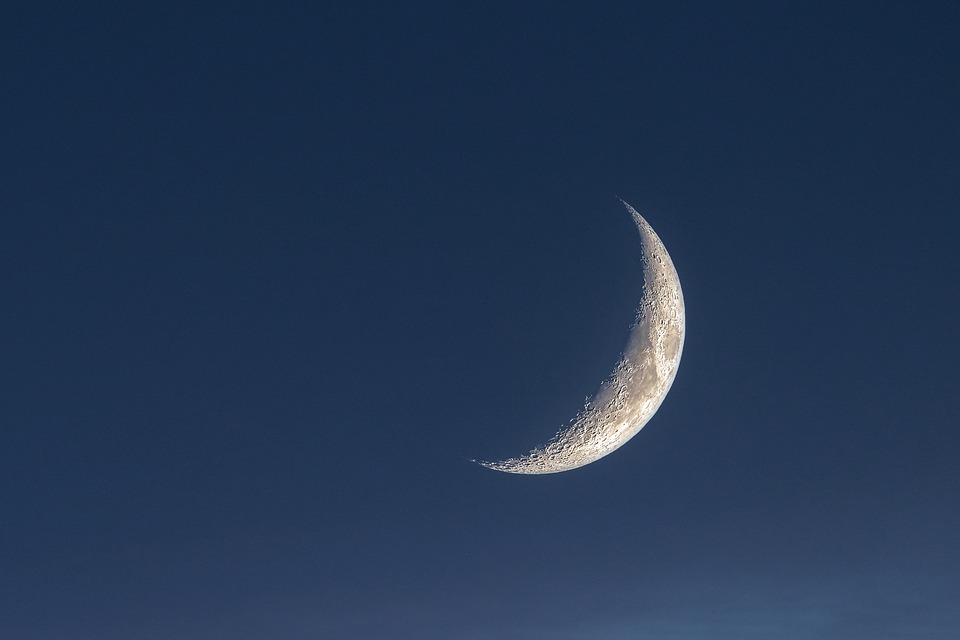The Ice is Melting: North Pole’s Rapid Movement Spells Trouble for Global Climate
The North Pole, once a frozen and stationary hub of Arctic ice, is undergoing a rapid transformation. Scientists have recently reported that the ice cap is melting at an alarming rate, and its movement is causing concern for the global climate.
In recent years, the North Pole has experienced an unprecedented rate of ice melting. This is not just a matter of concern for the polar bears and other Arctic wildlife that call the ice cap home, but also has far-reaching implications for the global climate. The rapid melting of the North Pole’s ice cap is a clear sign of the devastating effects of climate change.
So, what’s causing this rapid movement? And what does it mean for our planet?
The Science Behind the Melting
The North Pole’s ice cap is made up of two main components: sea ice and land ice. Sea ice forms when seawater freezes, while land ice is formed through the accumulation of snow and ice over time. In recent years, both types of ice have been melting at an unprecedented rate.
There are several factors contributing to this rapid melting. One of the main causes is the increasing temperature of the Arctic region. The Arctic is warming at a rate twice as fast as the rest of the world, and this rapid warming is causing the ice to melt at an alarming rate.
Another factor is the changes in ocean currents and circulation patterns. These changes are allowing warmer water to flow into the Arctic, further accelerating the melting of the ice.
The Consequences of Melting
The rapid melting of the North Pole’s ice cap has serious consequences for the global climate. Some of the most significant effects include:
- Sea-level rise: As the ice melts, it adds to the world’s oceans, causing sea levels to rise. This has devastating consequences for coastal communities and cities, putting them at risk of flooding and erosion.
- Disruption of ocean currents: The melting of the ice cap is also affecting the circulation of ocean currents. This can have a significant impact on global weather patterns, leading to more extreme weather events and unpredictable temperature fluctuations.
- Loss of biodiversity: The melting of the ice cap is also having a devastating impact on the polar bears and other Arctic wildlife that call the ice cap home. As the ice disappears, their habitats are being destroyed, putting their very survival at risk.
What’s Being Done to Address the Issue
The rapid melting of the North Pole’s ice cap is a pressing issue that requires immediate attention. Scientists, policymakers, and international organizations are working together to address the problem and mitigate its effects.
Some of the key efforts being made include:
- Climate change research: Scientists are working to better understand the causes and consequences of climate change, as well as developing new technologies and strategies to mitigate its effects.
- International agreements: Governments and international organizations are working together to develop and implement policies and agreements aimed at reducing greenhouse gas emissions and slowing the rate of climate change.
- Conservation efforts: Efforts are being made to protect and conserve the remaining Arctic habitats and wildlife, ensuring their survival in the face of rapid climate change.
FAQs
Q: How fast is the North Pole’s ice cap melting?
A: The North Pole’s ice cap is melting at a rate of around 13% per decade.
Q: What is causing the rapid melting of the North Pole’s ice cap?
A: The main causes are the increasing temperature of the Arctic region, changes in ocean currents and circulation patterns, and the effects of climate change.
Q: What are the consequences of the North Pole’s ice cap melting?
A: The consequences include sea-level rise, disruption of ocean currents, and loss of biodiversity.
Q: What is being done to address the issue?
A: Scientists, policymakers, and international organizations are working together to address the issue through climate change research, international agreements, and conservation efforts.
Image
[Image: A satellite image of the North Pole’s ice cap, showing the rapid melting and movement of the ice]
Credit: NASA



